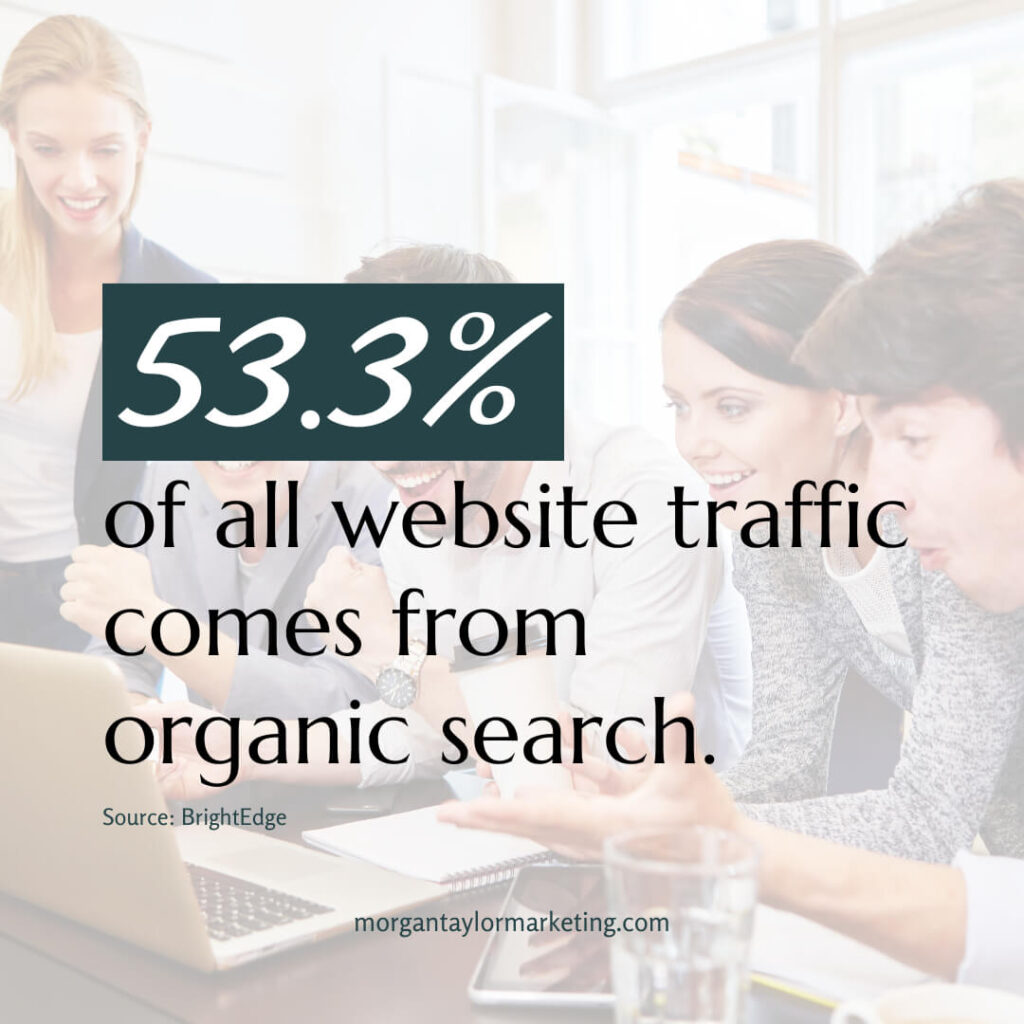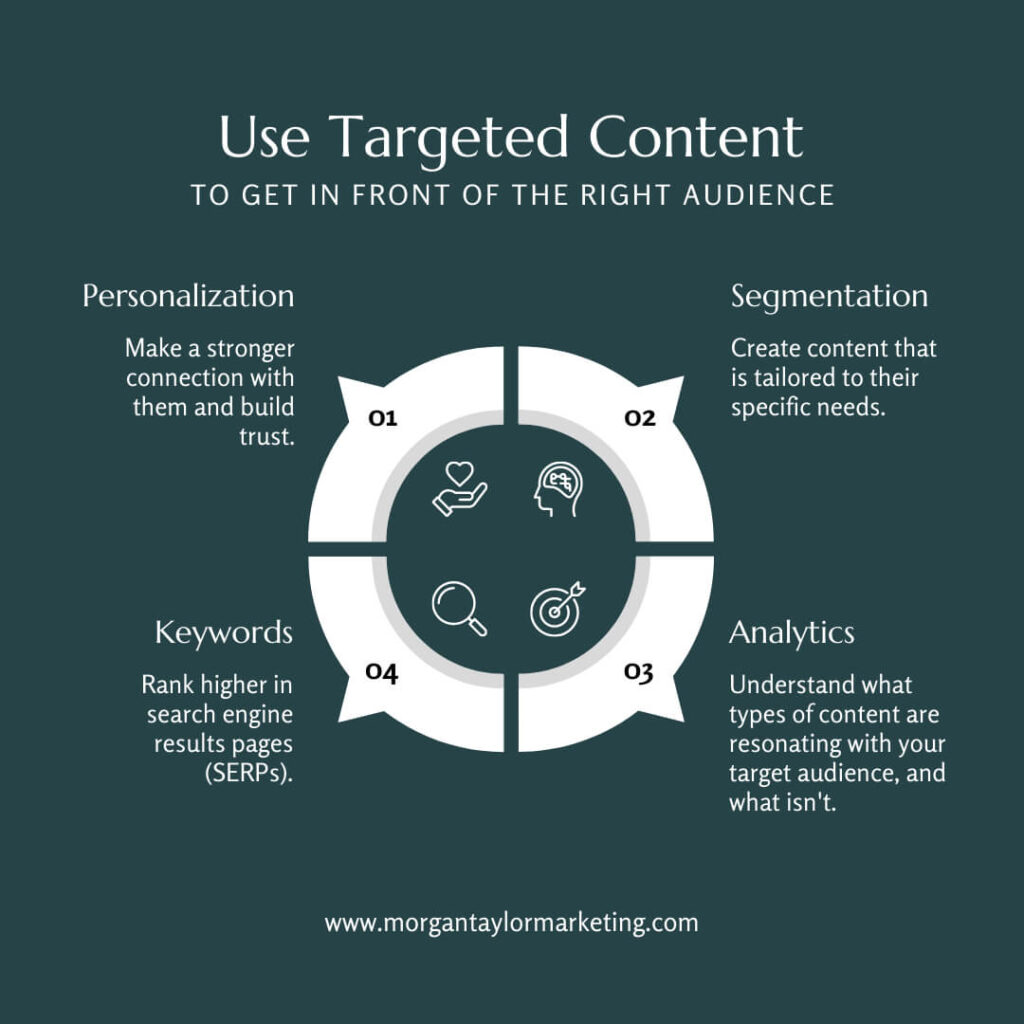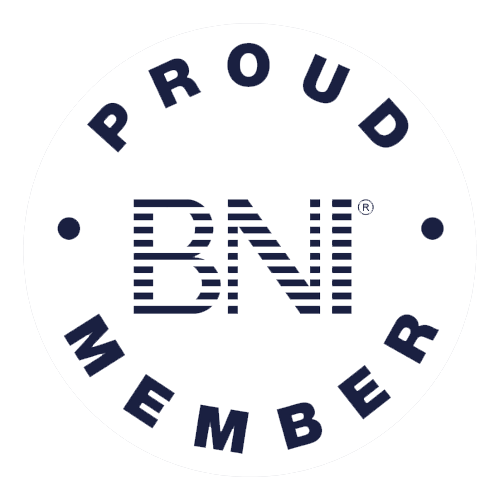Generate Sales and Revenue with Responsive Web Design – Master the Art of Converting Visitors into Customers
In today’s digital landscape, generating sales and revenue through website conversions is paramount for businesses. Responsive web design plays a crucial role in driving customer conversions by providing a seamless and engaging user experience across devices. This article explores the ins and outs of responsive web design and how it can help businesses thrive in converting visitors into loyal customers.
What is Responsive Web Design?

Responsive web design refers to a design approach that ensures websites adapt and display optimally on various devices and screen sizes. It involves utilizing flexible layouts, fluid grids, and media queries to deliver a consistent and user-friendly experience. Embracing a mobile responsive website is essential in today’s mobile-centric world, as it prioritizes the needs of mobile users and fosters better engagement and conversions. By adopting responsive design, businesses can benefit from improved user experience, increased reach, and enhanced conversions.
The Impact of Responsive Design on User Experience
Responsive design plays a pivotal role in enhancing user experience by providing a seamless and consistent interface across different devices. It eliminates the frustration of zooming or scrolling horizontally to view content, ensuring that users can effortlessly navigate and interact with the website.
Moreover, fast load times and smooth navigation are essential factors that contribute to a positive user experience. Responsive design optimizes these aspects, resulting in improved user satisfaction and increased chances of conversion.
Key Elements of a Conversion-Driven Responsive Website
To effectively have a lead conversion, it’s crucial to implement key elements in a conversion-driven responsive website:
- Strategic placement of call-to-action (CTA) buttons throughout the website guide visitors toward desired actions, such as making a purchase or subscribing to a newsletter.
- Engaging and visually appealing design elements, including captivating imagery, compelling headlines, and persuasive copy, help to captivate visitors and drive them toward conversion.
- Optimized forms and checkout processes ensure a seamless user journey, minimizing barriers and friction that may hinder conversions.
Optimizing Content for Lead Conversion
Crafting compelling headlines and persuasive copy is essential for capturing visitors’ attention and conveying the value proposition of the product or service. The use of persuasive imagery and videos can further enhance conversions by engaging users on an emotional level and showcasing the benefits of the offering. Additionally, tailoring content to different stages of the customer journey ensures that visitors receive the correct information at the right time, nurturing them toward conversion.
Mobile Responsive Design Techniques
To cater to the increasing number of mobile users, responsive web design employs specific techniques to optimize the mobile-friendly website design experience:
- Implementing responsive images and media ensures that visuals adapt to different screen sizes, minimizing load times and bandwidth usage.
- Utilizing touch-friendly features and intuitive gestures enhances usability, making it easier for mobile users to interact with the website.
- Optimizing typography and readability for smaller screens ensures that content remains legible and accessible on mobile devices.
User-Centric Approach to Responsive Design
Understanding customer needs and preferences is vital for creating a user-centric responsive design. Conducting user research helps identify pain points and preferences, allowing businesses to tailor their design and content accordingly.
Personalization and customization enhance the user experience by delivering relevant and personalized content. Gathering user feedback and continuously optimizing the design based on user insights fosters a user-centric approach that promotes better conversions.
Building Trust and Credibility
Building trust and credibility is crucial for converting visitors into customers. Incorporating social proof, such as customer testimonials and reviews, helps instill confidence in potential buyers. Highlighting security measures and ensuring a secure and trustworthy checkout process reassures customers that their personal information is protected.
Additionally, establishing a strong brand identity and reputation through consistent branding, messaging, and exceptional customer service fosters trust and encourages conversions.
SEO Considerations for Responsive Web Design
Responsive website design not only benefits user experience but also plays a significant role in search engine optimization (SEO). Search engines prioritize mobile-friendly websites in their rankings, making mobile-friendliness a crucial factor for better visibility and organic traffic.
Optimizing site speed and performance, as well as implementing responsive design compatibility, are essential for improving search engine rankings and driving organic conversions. Adhering to mobile SEO best practices further enhances the website’s visibility in mobile search results.
Measuring and Tracking Conversions
Measuring and tracking conversions is vital for understanding the effectiveness of responsive website design and identifying areas for improvement. Setting up conversion tracking and analytics tools allows businesses to monitor key metrics such as lead conversion rate, click-through rate, and engagement.
Analyzing these metrics provides valuable insights into user behavior and conversion performance. By leveraging data, businesses can identify areas that require optimization, implement targeted strategies, and continuously refine their approach to maximize conversions.
Responsive web design is a powerful tool for generating sales and revenue by mastering the art of converting visitors into customers. By understanding the principles of responsive design, optimizing user experience, incorporating conversion-driven elements, and utilizing effective strategies, businesses can leverage the full potential of responsive design to drive conversions. From building trust and credibility to implementing SEO best practices and measuring performance, responsive design is a cornerstone for business success in the digital age. Embrace the power of responsive web design and unlock the door to higher conversions, increased sales, and sustainable growth.









